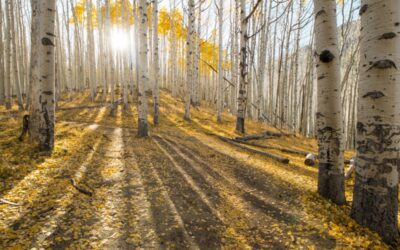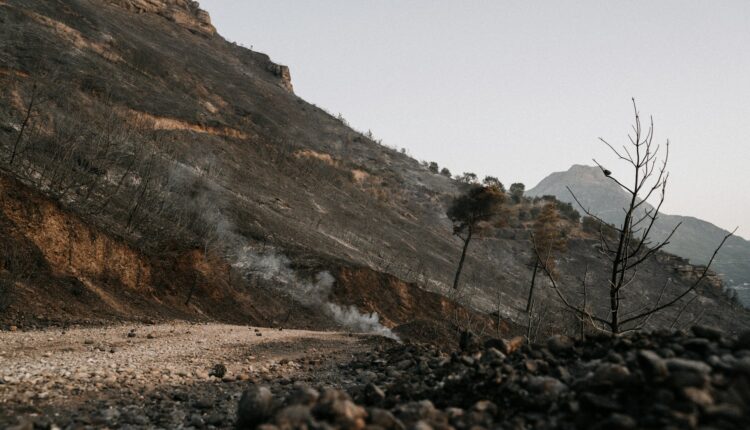
Photo courtesy of Elisabeth Jurenka/Unsplash.
Research indicates forests are burning less frequently than before, potentially leading to more severe and destructive wildfires.
Recent research has uncovered a surprising paradox in North American forest fires—they occur less frequently now than in centuries past. This unexpected finding, published in Nature Communications, suggests that our modern approach to fire management may be contributing to more destructive blazes when they do occur.
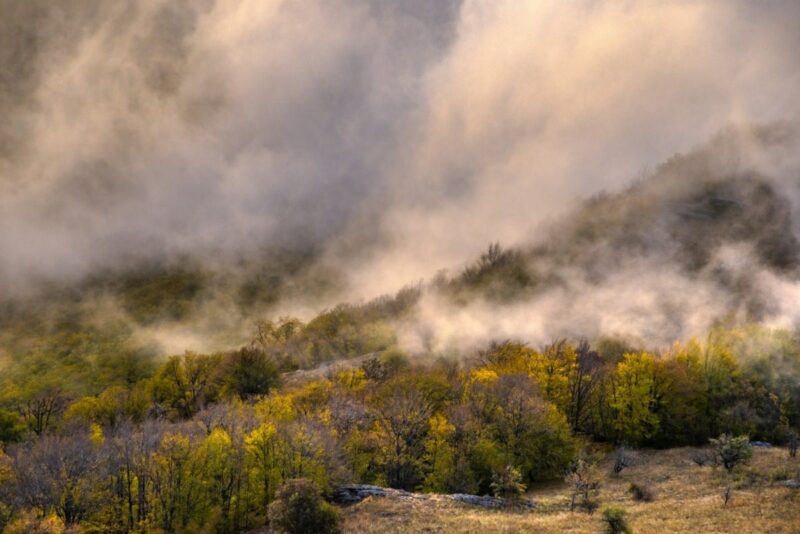
Photo courtesy of Sergey Pesterev/Unsplash.
Historical fire patterns reveal a changing landscape
Analysis of tree-ring data shows that North American forests historically experienced regular fires every 10-20 years. These fires were typically less severe than today’s devastating infernos, according to Donald Falk, a fire ecologist and professor at the University of Arizona who co-authored the study.
The research, funded by the U.S. Geological Survey’s John Wesley Powell Center, demonstrates how natural fire cycles play a crucial role in maintaining healthy forest ecosystems. Regular burns would clear undergrowth and maintain balanced tree density, creating more resilient forest environments. “As a result, today’s extreme wildfires are more likely to harm people and communities, while exposing forests to damaging effects on soils and natural vegetation, from which they may not recover,” Falk explained.
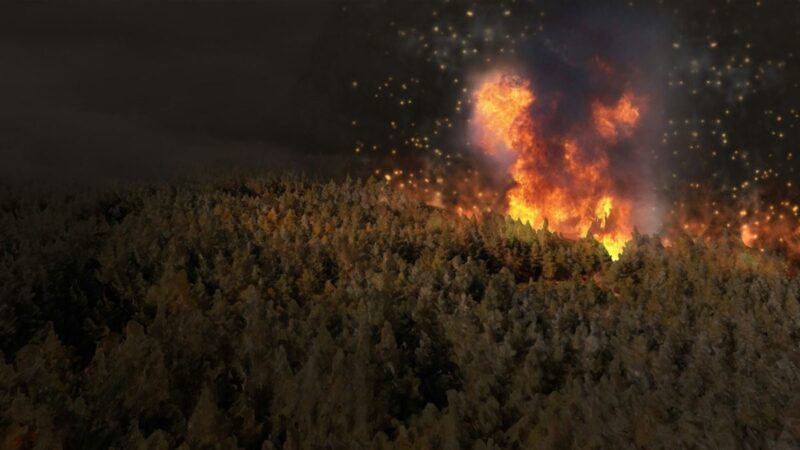
Photo courtesy of Zyanya Citlalli/Unsplash.
Reading nature’s fire record
Researchers utilized the North American Tree-Ring Fire Scar Network to reconstruct historical fire patterns. These fire scars, preserved within tree rings, serve as natural records of past forest fires, allowing scientists to track fire frequency and timing across centuries.
The comprehensive study examined data from more than 1,800 sites across North America, spanning diverse forest types from Alaska to southern Mexico. This extensive dataset revealed that recent fires, while devastating to human communities, are not unprecedented in size.
Centuries of data reveal surprising patterns
Sean Parks, lead researcher and ecologist at the USDA Forest Service Rocky Mountain Research Station noted: “In recent history, between 1984 and 2022, wildfires in 2020 seemed like they were unprecedented in terms of the area they burned, but historically speaking, they were not. There were several years between 1600 and 1880 where much more fire burned than what we experienced in 2020.”
A related study has also identified strong connections between wildfire patterns and climate phenomena like El Niño, adding another layer to our understanding of forest fire dynamics. Falk notes, “The more we can do to make our forests more resilient to that inevitable fire, the better off we’re going to be.” Combined, this research suggests that 140 years of fire suppression has led to overgrown forests more susceptible to catastrophic fires.
This story was generated in part by AI and edited by The Copper Courier staff.
This article first appeared on Good Info News Wire and is republished here under a Creative Commons license.
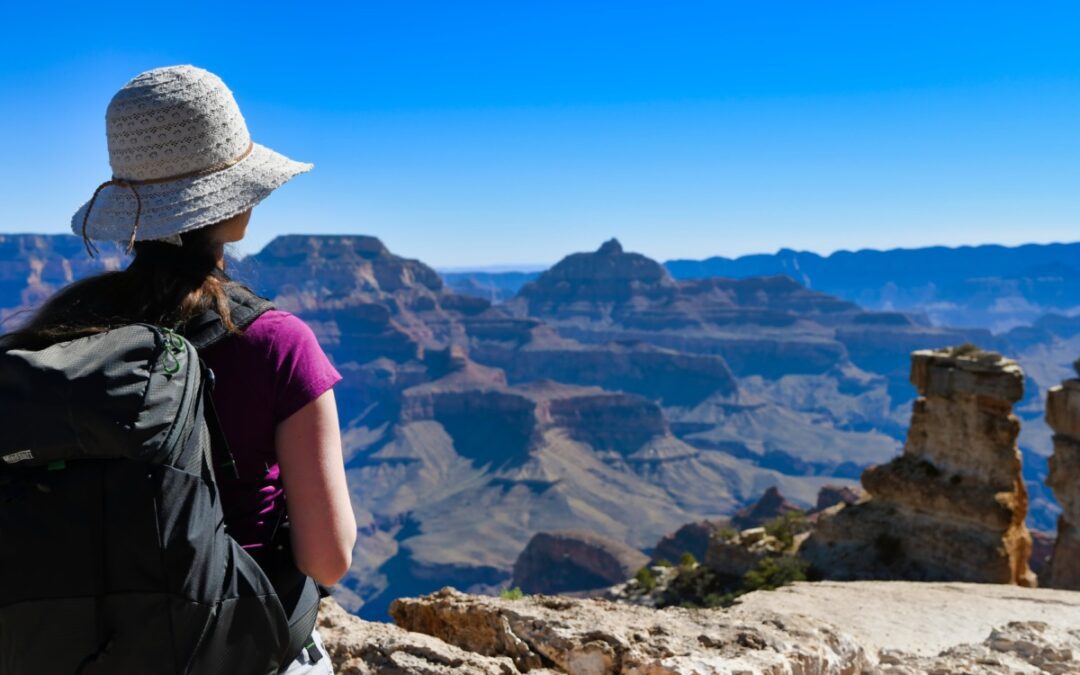
Summer in Arizona: How to hike safely in the heat
Beat the heat with Arizona's summer hiking guide! Stay hydrated, protect your skin, and explore cooler trails at varying elevations. As temperatures...
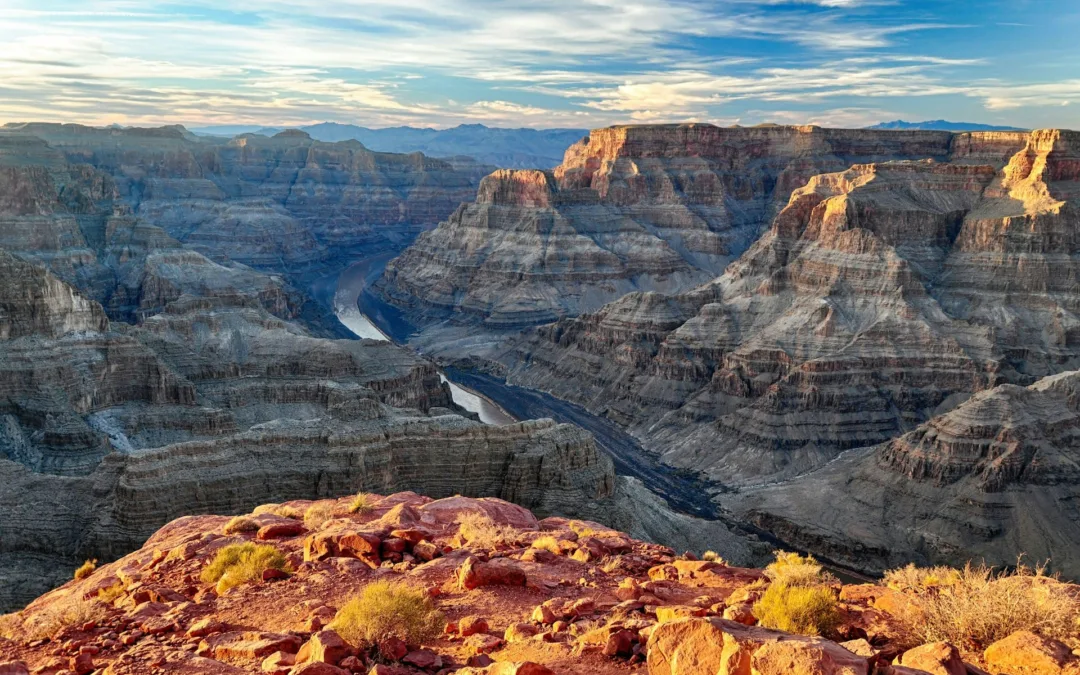
Get outside at one of these 25 national parks close to Phoenix
Want news like this in your inbox every weekday morning? Sign up for The Copper Courier’s free newsletter here. Approximately 237 million...
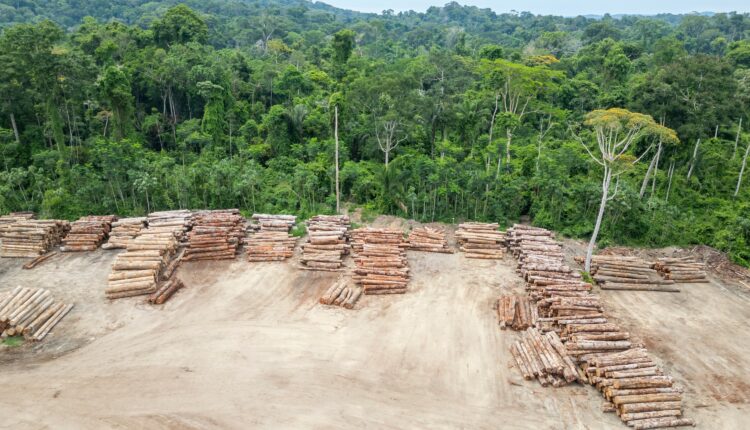
NAU research shows only 25% of tropical rainforests remain intact
A new study involving NAU found that 75% of tropical rainforests are degraded, threatening thousands of species. The facts will alarm you. A...
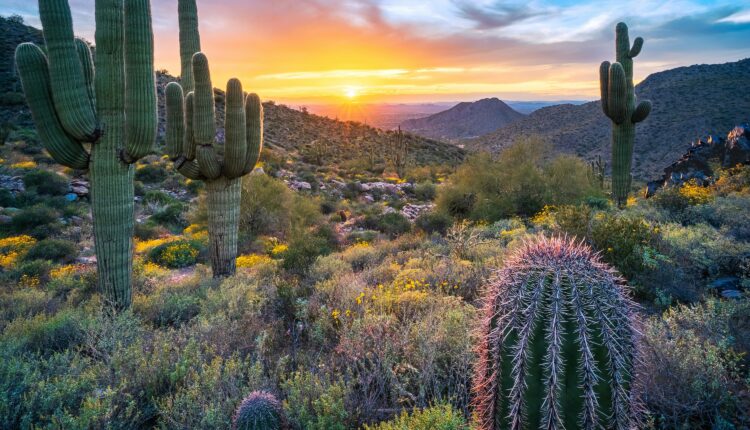
How to identify 10 common Arizona cactuses
Although they're all beautiful, the 10 most common Arizona cactuses each have distinct characteristics that may help you identify which is which. ...




